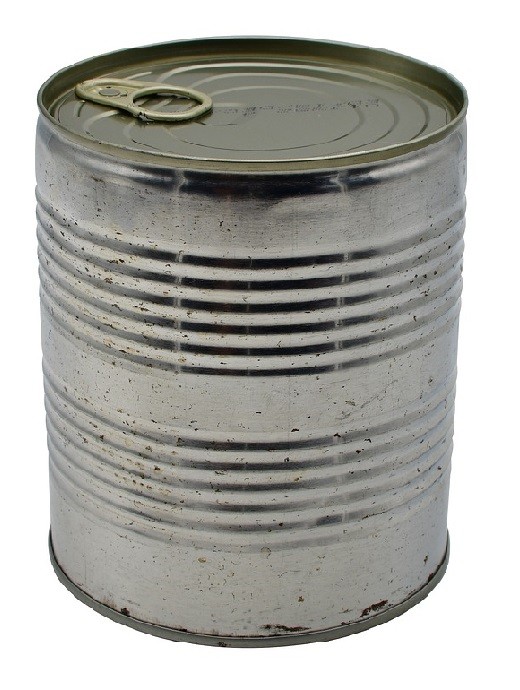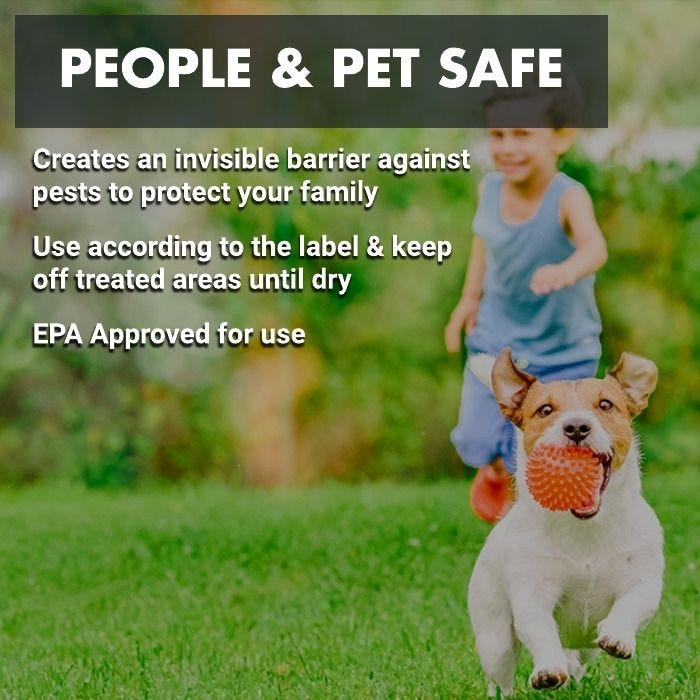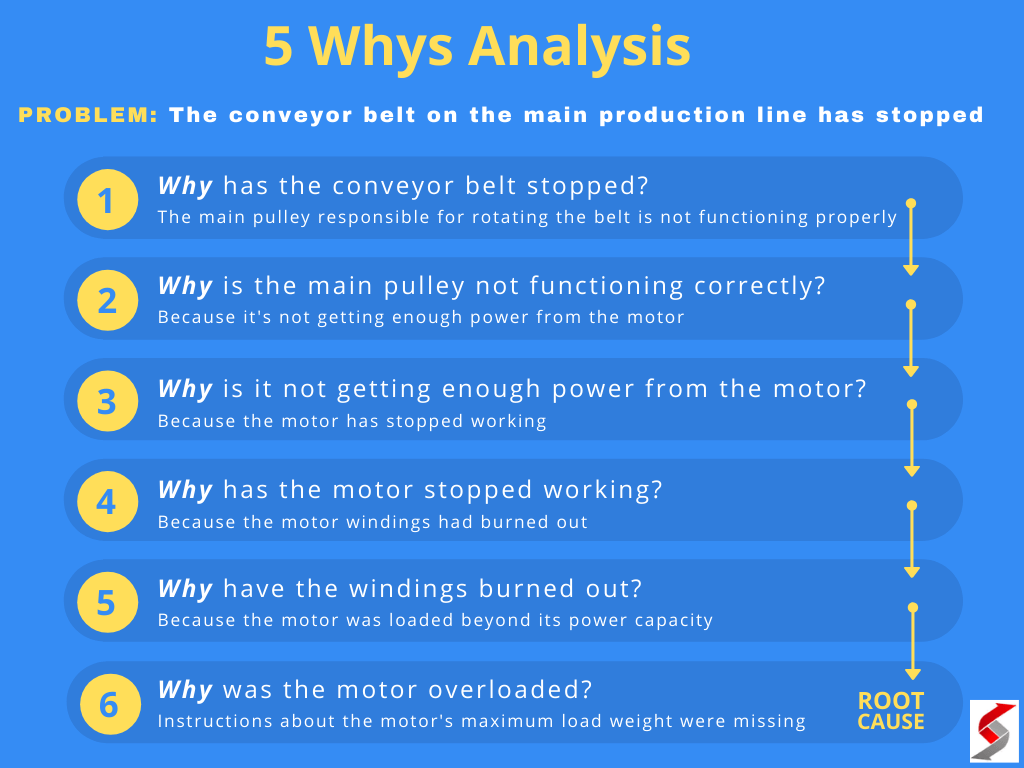Step-by-Step Guide: How and Where to Add Transmission Fluid Safely
Introduction
Proper transmission fluid maintenance is vital for the health and longevity of your vehicle’s transmission system. Whether you’re facing shifting issues or simply performing routine maintenance, knowing exactly where and how to add transmission fluid is essential. This guide provides clear, actionable steps for locating the transmission fluid fill point, ensuring you use the correct fluid, and safely topping off or replacing your transmission fluid. Mistakes in this process can lead to costly repairs, so following best practices is critical.
Understanding Transmission Fluid and Its Importance
Transmission fluid is the lifeblood of your vehicle’s transmission. It serves as a lubricant, coolant, and hydraulic fluid, ensuring smooth gear changes and protecting internal components from wear. Low or incorrect fluid levels can cause erratic shifting, overheating, and even transmission failure. Therefore, maintaining the proper level with the manufacturer-recommended fluid is a foundational aspect of vehicle care [1] .
Locating the Transmission Fluid Filler Tube
Most vehicles-especially those with automatic transmissions-feature a transmission fluid dipstick under the hood. This dipstick not only allows you to check fluid levels but also marks the entry point for adding fluid. Typically, the dipstick handle is colored (often red, orange, or yellow) and is shorter than the oil dipstick. In many cases, the dipstick is situated near the back of the engine bay, closer to the firewall. However, exact locations vary by vehicle make and model, so always consult your owner’s manual for precise guidance [2] . For vehicles without a dipstick, especially newer models, fluid may need to be added through a fill plug located on the transmission itself, often requiring specialized tools and procedures. In such cases, professional service is recommended.
Preparation Steps Before Adding Transmission Fluid
Before starting, gather the following tools and materials:
- Clean funnel (dedicated for transmission fluid)
- Manufacturer-recommended transmission fluid
- Shop rags for cleanup
- Protective gloves
- Owner’s manual
- Flashlight (for visibility)
Park your vehicle on a level surface and engage the parking brake. For accurate fluid readings, the transmission fluid should be at operating temperature-run the engine for at least 15 minutes before checking or adding fluid. Always keep the engine running and the car in ‘Park’ (for automatics) during the process. This ensures the transmission fluid is circulating and yields an accurate measurement [1] .
Step-by-Step Instructions for Adding Transmission Fluid
Follow these detailed steps to safely add transmission fluid:
- Locate the Transmission Dipstick: Open the hood and find the transmission dipstick. If unsure, refer to your owner’s manual for its exact location [2] .
- Check Fluid Level: With the engine running, remove the dipstick, wipe it clean, reinsert it fully, then remove it again. Inspect the fluid level and color. If the fluid is below the ‘Full’ or ‘Max’ mark, you need to add more.
- Insert Funnel: Place a long, clean funnel into the dipstick tube. This prevents spillage and ensures fluid reaches the transmission directly [3] .
- Add Fluid Gradually: Pour the recommended transmission fluid in small increments (typically 1/2 quart at a time). After each addition, recheck the level using the dipstick to avoid overfilling.
- Monitor Fluid Level: Repeat this process until the fluid reaches the optimal mark. Overfilling can cause transmission issues, so proceed with caution and patience.
- Clean Up: Remove the funnel, wipe away any spills, and ensure the dipstick is fully seated. Let the engine run for a few minutes and check the fluid level one final time to confirm accuracy [2] .
Common Mistakes and How to Avoid Them
Many vehicle owners make errors when adding transmission fluid, which can cause significant damage. Common mistakes include:
- Adding fluid with the engine off (results in inaccurate readings)
- Using the wrong type of fluid (may damage internal components)
- Overfilling the transmission (can lead to foaming, leaks, and transmission failure)
- Neglecting to check the owner’s manual for proper fluid type and fill procedures
Always double-check both the fluid type and the required fill amount. If your vehicle requires a specific procedure or has no dipstick, consult a certified mechanic for assistance.
Vehicle-Specific Considerations
While most vehicles follow the steps above, some manufacturers (especially Hyundai, as featured in video guides) require distinct procedures or specialized tools for transmission fluid service. For example, certain Hyundai models use a fill plug on the transmission housing, and fluid level checks may require the vehicle to be lifted and level [5] . Always check your owner’s manual or seek out vehicle-specific resources before proceeding. If you cannot locate a transmission dipstick or fill tube, it is best to visit a professional service center.
Alternative Approaches
If you are unable to add transmission fluid yourself, consider these alternatives:

Source: learning.cambridgeinternational.org
- Visit a certified mechanic or dealership. They have the expertise and equipment to service sealed or complex transmission systems.
- Use official automotive service directories or search for “transmission service” with your location and vehicle make/model for reputable providers.
- Contact your vehicle manufacturer’s customer service for guidance on fluid maintenance and recommended service centers.
Professional service is especially recommended for modern vehicles with sealed transmissions or no visible fill point.
Real-World Example
Consider a 2013 Hyundai Sonata: To add transmission fluid, you must access the transmission housing, remove the fill plug, and use a fluid pump to add the correct amount of fluid. This process differs from vehicles with a dipstick, underscoring the importance of consulting your owner’s manual and following manufacturer instructions [5] .
Key Takeaways and Maintenance Tips
Properly maintaining transmission fluid levels extends transmission life and prevents costly repairs. Always use the manufacturer-recommended fluid, follow safety precautions, and consult your owner’s manual for specific instructions. If uncertain, seek professional assistance. Regularly check fluid levels, especially before long trips or if you notice shifting issues.

Source: laughingsquid.com
References
- [1] URBS Garage (2025). Do you leave the car running when adding transmission fluid?
- [2] TinkerDIY Blog (2025). How to put transmission fluid in a car: a complete overview.
- [3] ExpertVillage Leaf Group (2020). How to Add Transmission Fluid to a Vehicle [YouTube].
- [4] How to Check Transmission Fluid [YouTube].
- [5] Auto Repair Guys (2022). HOW TO ADD TRANSMISSION FLUID, CHECK TRANSMISSION FLUID LEVEL ON HYUNDAI [YouTube].
MORE FROM gowithdeal.com













